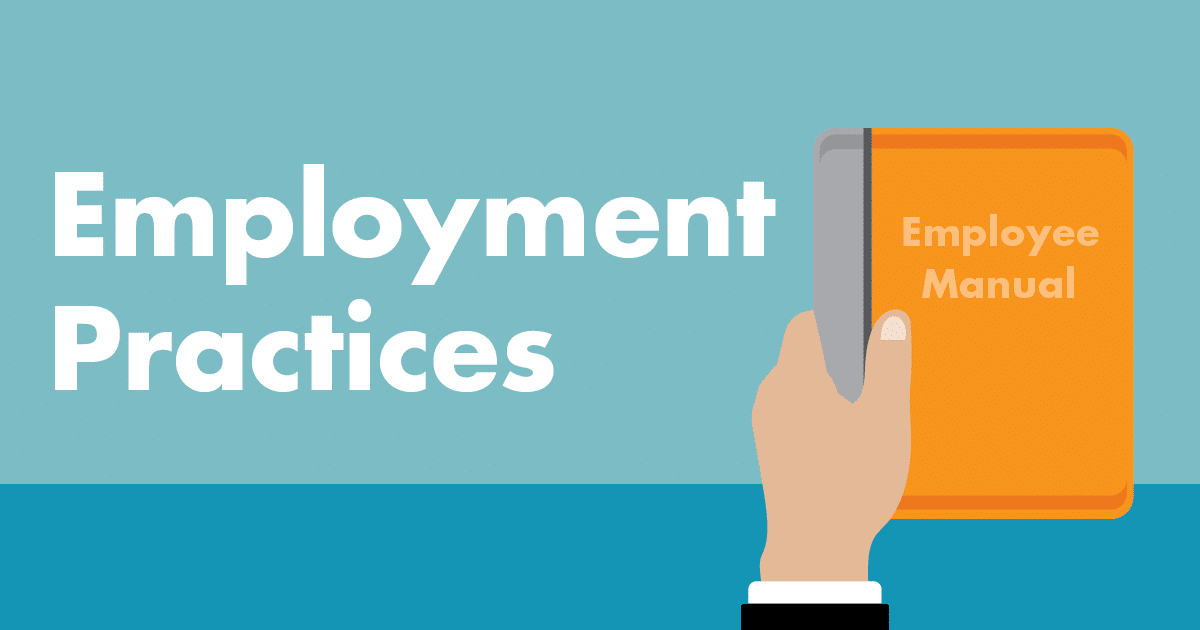When it comes to your dental practice, one of the most important documents in your HR toolkit is your employee manual. Not only can definitive employee policies resolve disputes, but they can thwart issues before they arise, protecting both the employer and the employee from any sort of misperception and the potential for litigation.
Exercising your due diligence is the key to getting the most out of your employee manual.
Your manual’s three essential functions:
1. Protection — your due diligence
First, a well-written employee manual contains objective guidelines for workplace policies, rules and regulations in consideration of federal, state and local labor laws. Additionally, your manual outlines the consequences of policy violations all in one place.
The absence of an employee manual greatly increases the likelihood of an employee filing suit. After polling an opposing plaintiff’s attorneys about what factors helped them decide to file suit on behalf of current or former employees with complaints, their responses are always the same: It depended on whether the practice had an employee manual.
Practices that don’t have employee manuals are considered proverbial low-hanging fruit for successful lawsuits because it is indicative of potential negligence in other aspects of the business. In other words, if you want to avoid employee legal claims, a manual is one of the simplest yet most effective ways to deter opposing legal counsel from deciding to file a lawsuit in the first place.
2. Consistency — thwarting discrimination claims
Manuals are essential because they emphasize consistency — most importantly, protecting you against discrimination claims, such as retaliation and a hostile work environment. But all situations should be handled objectively and consistently. A manual allows you to outline policies (and the consequences of violating these policies) as they apply objectively to your entire team. Referencing your manual for applications of principles and procedures ensures you are handling all situations consistently and, more importantly, objectively, to avoid high-risk discrimination claims.
Furthermore, your employee manual outlines your practice’s culture. This includes benefits, dress code, punctuality and attendance expectations. Outlining your expectations on these policies is imperative to ensure you are not unfairly or inadvertently singling someone out.
3. Compliance — federal and state-mandated laws
While it is not legally required that you specifically have an employee manual, a manual is the most effective way to outline your compliance with legally mandated laws and ordinances. Federal agencies, such as the U.S. Department of Labor, Division of Labor Standards Enforcement and the U.S. Equal Employment Opportunity Commission require business owners to outline rights, such as the Family and Medical Leave Act, whistleblower protections, minimum wage, time off to vote, the Uniformed Services Employment and Reemployment Rights Act, etc.
State agencies also mandate that employers follow local ordinances. In California, employers must distribute 13 policies to each employee regardless of hours worked. One example is the recently imposed mandatory paid sick leave requirement. Legally, all employees are rightfully allowed to review their employer’s paid sick leave policy as well as their accrued paid sick leave hours. Having these policies outlined in your manual ensures you are compliant while also informing your team of their rights within each policy and the procedures to exhaust mandated leaves.
The perils of generic manuals
Many times, practices want to use generic manuals provided by their payroll company. Although this may seem to be easy and straightforward, it typically creates more risk than reward. In the compliance world, most things that are low effort and easy tend to prove hazardous. Here’s how:
- All businesses are not alike. Simply copying the contents of another company's employee manual is unlikely to satisfy the particular HR needs of your workforce.
- You risk not being specific, consistent and objective. Your manual should outline benefits and policies that your practice uses to reference disciplinary action and benefit accruals. By outlining policies in your manual to reference during disciplinary action, you ensure every situation is handled objectively and consistently. Without sound policies in place, how does an employer discipline an employee who has violated an unspecified “rule?”
- Labor laws change every year. It’s imperative that your employee manual is revised to acknowledge these updates.Your employee manual is an ongoing project. Annual updates ensure you do not fall out of compliance.
A powerful tool
If you are not currently using a customized, up-to-date employee manual, you are missing out on a powerful yet easily implemented tool to improve and safeguard your practice. To insulate yourself from future lawsuits, increase productivity and minimize confusion about the policies and regulations affecting your practice, take the time to draft an employee manual. Your manual will serve as your primary defense in everything from day-to-day office disputes to full-blown legal claims. It is a simple, effective way to protect your practice — and yourself.
Build your employee manual with help from CDA
CDA Practice Support is your resource for navigating the business side of dentistry. As part of your CDA membership, you have access to tools and resources such as a Sample Employee Manual template, which lets you build your own employee manual. And new this year is an online Employee Manual Generator. This easy-to-follow tool will guide you through developing a customized and compliant handbook.
Find resources on employment practices, including tools for developing your employee manual, at cda.org/practicesupport.

